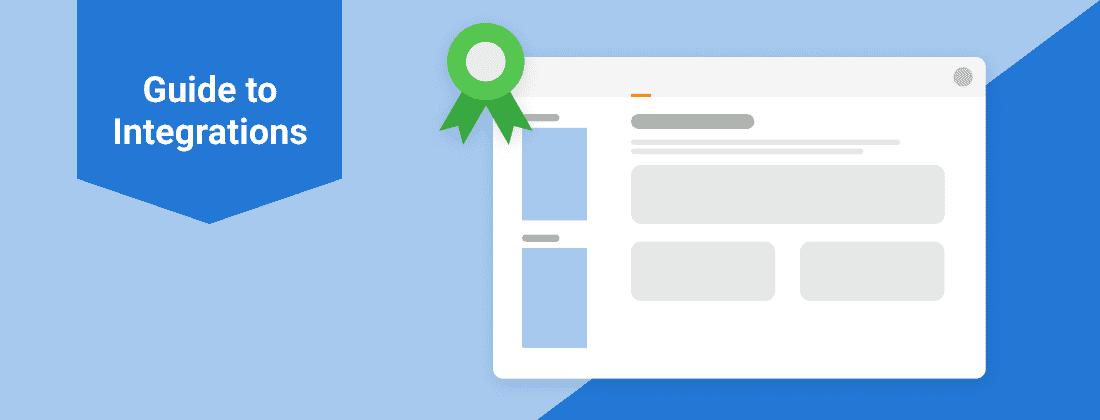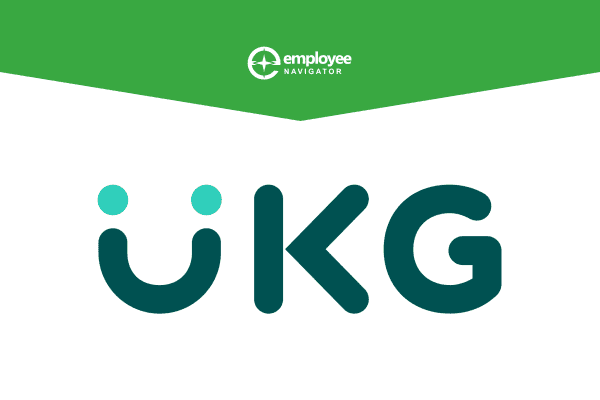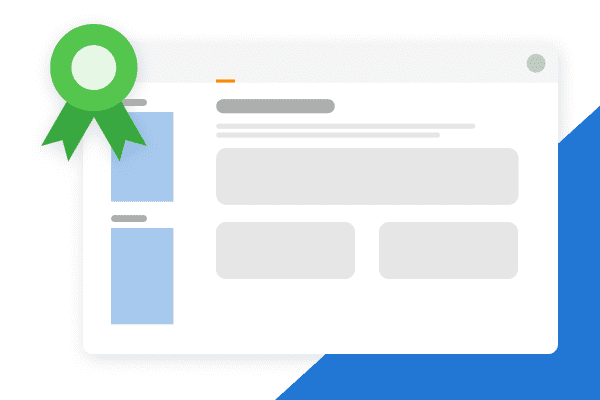The Definitive Guide to Integrations with Employee Navigator

The Definitive Guide to Integrations with Employee Navigator
Employee Navigator partners with the nation’s leading insurance carriers, payroll companies, and TPAs to deliver a truly connected digital experience for brokers and employers. By leveraging our seamless integrations, you can spend less time on administrative work and more time building a great business.
We recognize that a lot of the technical jargon can be confusing and intimidating so in this article, we’ll explain the different types of integrations we have, when they’re used, and why they matter to you and your customers.
What are the different types of integrations?
834 EDI (Electronic Data Interchange) File
What is 834 EDI Feed?
The ANSI 834 EDI File is a standard file format for electronically exchanging health plan enrollment data between employers and health insurance carriers.
The Health Insurance Portability and Accountability Act (HIPAA) requires that all health insurance carriers accept a standard enrollment format, which is the 834 EDI feed. An 834 file contains a string of data elements, with each representing a fact, such as an employee’s name or hire date.
When should I consider using it?
834 EDI feeds transmit enrollment data for health, dental, and vision products. Sending data to a carrier will require users to set-up, manage, and monitor the file transmissions. This option should be considered if the group size is 100+ or if the group has significant turnover.
Is there a fee?
Employee Navigator charges agencies $0.45 per enrolled employee per month based on the highest eligible feed per group. This integration also requires our Enhanced Plus license or higher.
What is the setup like?
Setup tends to take longer than our other integrations, primarily because a file must be setup and tested for each company individually. All EDI files require testing before transmission.
XML File (Data Exchange)
What is the Data Exchange?
All your clients’ enrollment data in Employee Navigator is packaged into a single, multi-tenant file and sent to the carrier on a daily, weekly, or monthly basis (the frequency is determined by the partner and their operations). The Data Exchange is the preferred integration method and is used by all of these providers. In short, these new integrations are:
- So easy that any agency can use it
- A single file that supports all plans
- Multiple agencies & companies on a single file
- Automated processing of enrollment
- Works for any group size
When should I consider using it?
In short, all the time! These integrations will save your agency time as well as increase your agency’s revenue and efficiency. This should be your go-to option for every group! Unlike the 834, these new integrations support a broader range of products and carriers since it’s not limited to medical, dental, and vision.
It’s simpler to set up and is available for all group sizes. We’re currently integrated with most of the major ancillary and worksite carriers including Guardian, UNUM, Principal, Mutual of Omaha, and more. If you’re interested in learning more about these integrations email sales@employeenavigator.com to schedule time to go through these integrations broadly or a specific one specifically.
Is there a fee?
These integrations are available at no additional cost to brokers!
What is the setup like?
Implementation time is generally 1-2 weeks with no file testing required. Setup typically involves mapping group structure to ensure plans will map appropriately in the carrier’s system. Once setup, this automatic data transfer requires no broker intervention.
Third Party Apps (iFrame)
What is an IFrame integration?
An iFrame integration allows a webpage to be displayed within a webpage. This means employees can visit a carrier’s proprietary enrollment site without leaving Employee Navigator’s employee interface.
When should I consider using it?
The iFrame integration is only available for Aflac’s Everwell, Colonial Life’s Harmony, Trustmark, and UNUM’s Plane.biz product. The carriers’ enrollment flow is brought into the employee’s experience within Employee Navigator, which shares real-time enrollment data to the carrier as well as employee and dependent data between the two systems.
Is there a fee?
All our 3rd party app integrations are available at no charge to brokers. This integration requires the Enhanced Plus license or higher.
What is the setup like?
The 3rd party apps generally take less than a day to set up, assuming the group is set up on Employee Navigator.
API (Application Programming Interface)
What are APIs?
An API is a digital middleman who handle requests and responses, which allows two applications to talk to one another. This facilitates a seamless flow of pre-determined fields of data between Employee Navigator and a vendor, updated in real time.
Think of an API like this: You arrive at a restaurant and decide to order from their menu, which contains a pre-determined set of entrees available for the night. The waiter takes your order, walks to the kitchen to place it with the chef, and moments later, returns with your order just how it was described on the menu. Quick service, right? The waiter is the API who takes your request and facilitates the flow of your order between you and the kitchen.
When should I consider using it?
Currently, all our payroll, Quoting Engine, and EOI integrations use API’s.
Is there a fee?
With respects to Employee Navigator, the payroll integrations are available at no additional cost to brokers. Your client’s payroll provider, however, may charge them setup and/or integration fees.
With regards to the Quoting Engines and EOI integrations, there is no additional cost from either Employee Navigator or the partner.
What is the setup like?
Since the payroll API is bi-directional, the setup involves the client walking through a demographic and discrepancy audit of their data to ensure both systems have matching values for the pre-determined fields within the integration. Once complete, the employer should have minimal work to do moving forward. A well-prepared broker that sets appropriate expectations to employers can have the payroll integration running within a day.
Next: read best practices for Payroll and Carrier integrations.


